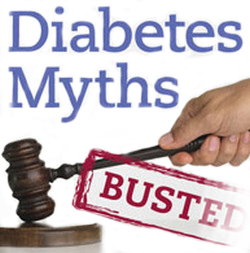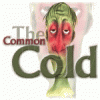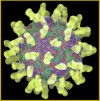The inability to fall asleep, remain asleep or awaken too early is termed as insomnia.
Men who suffered form insomnia were followed for 14 years and it was found that one in five men died in that span. The average age of the subjects was 50. The subjects were kept in a lab and their sleep patterns were observed including how well the slept and the duration of their sleep. The researchers observed that even after some patients were cured of underlying disorders such as sleep apnoea, there was a difference in death rates between self-described insomniacs and good sleepers. The study showed that more than 51 % of the subjects who were insomniacs died during the study period compared to 9 % of men who enjoyed a healthy sleep.
Relation between insomnia and general health
- Sleep is essential for our survival: Sleep in the time when the body replenishes the lost energy. This is one of the reasons why the doctors recommend people to rest when they are tired. Nonetheless, the current lifestyle has deprived men of vital sleep due to which they sleep 90 minutes less than the men 40 years before. The risk also increases with age. In America alone, there were 55 million sleep directional dispensed in the year 2009. If the person is not able to catch on to lost sleep, he can start suffering from chronic fatigue which can make him lethargic and decrease his concentration. This affects their personal and professional life.
- Repairs wear and tear: The body goes through a lot of wear and tear in the day time. From the skin to the organs, all of them get affected. Due to lack of sleep, the organs are not able to undergo the repair that is needed due to which their condition keeps worsening. This may even trigger some diseases and deteriorate the functioning of the organs.
- Snoring: Snoring can cause disruption of sleep and in severe cases can lead to cardiovascular problems.
- Medications: Some medications can deprive people of their sleep and this includes both directive medicines and medicines that one can get over the counter.
- Obesity: Studies have shown that obesity and insomnia are interrelated. Obese men are more likely to suffer from cardiovascular diseases, cancer and organ failure which can prove fatal over time.
- Decreased immunity: Bad sleep can weaken the immune system and make the person more susceptible to infections. It can also trigger various chronic problems such as kidney and liver failure.
Insomnia in the form of disorders has various side effects. It can be treated medically and through counseling.









 Mode of infection-
Mode of infection- Mode of infection-
Mode of infection- Mortality-
Mortality- Mortality ‘
Mortality ‘ Symptoms-
Symptoms- Symptoms
Symptoms